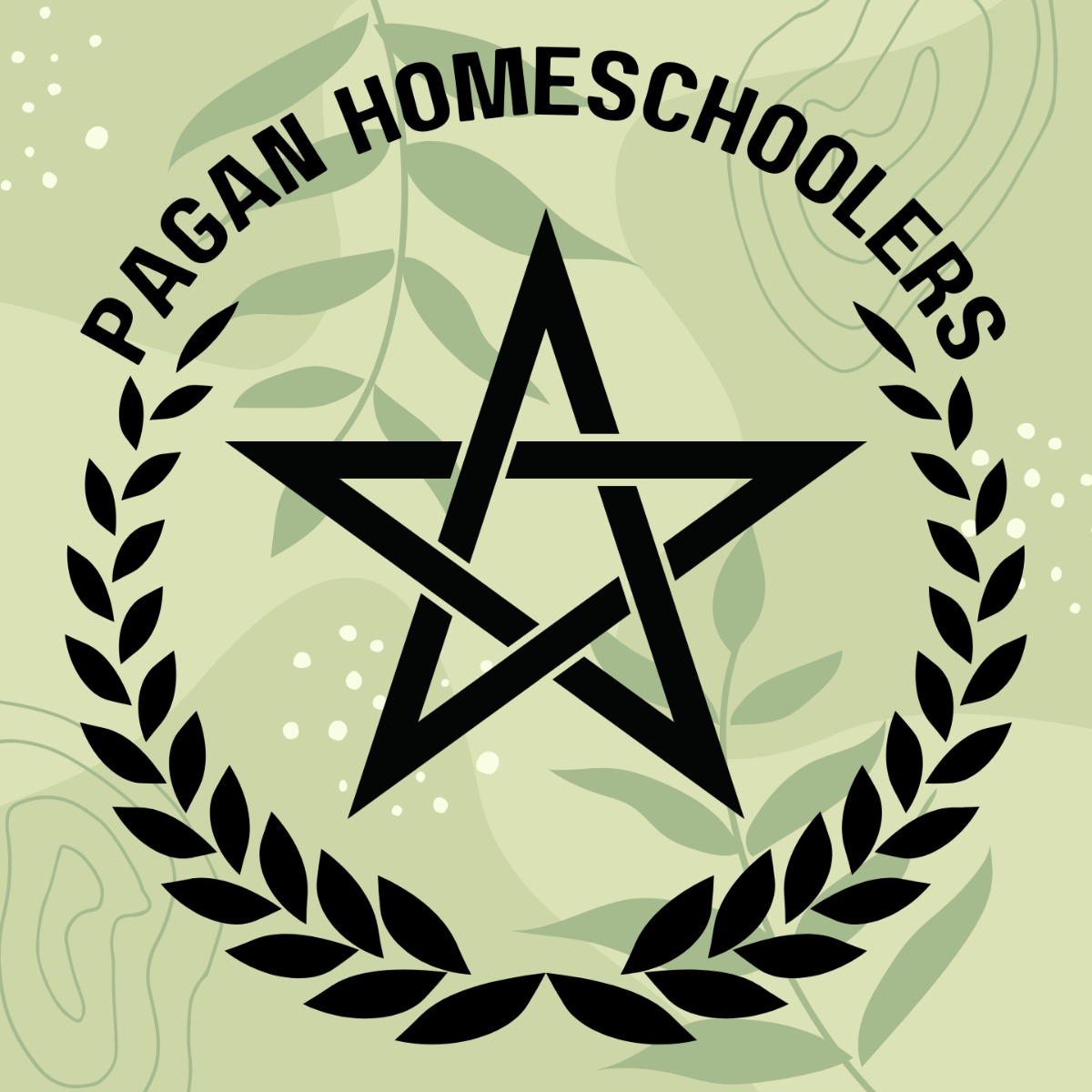The Pagan origins of Samhain and how to teach them to your kids
Samhain, otherwise known as Halloween, is one of the most popular holidays in the United States. However, many children don’t understand the roots of this celebration or the meaning behind it all. This can leave them feeling like they are missing out on Samhain’s true spirit, or simply confused and uncertain about what they should do on October 31. Here’s how you can teach your kids the Pagan origins of Samhain and help them truly experience the holiday in all its glory and wonder.
Connect with your ancestors on Samhain
Samhain is a festival that celebrates the end of the harvest season. It was also a time when Pagans remembered those who had died in the past year. As part of the celebration, people would dress up as ghosts or other frightening creatures, light bonfires, and tell stories about how these spirits might haunt their houses.
Eventually, this developed into Trick-or-Treating, where children wear costumes and ask for candy from neighbors’ homes.
While we don’t need to be quite so extreme with our children, it’s important for them to learn about the Pagan roots of Halloween before they go out trick-or-treating!
Teach about life cycles
Samhain is a time to celebrate the harvest, honor the dead, and give thanks. It is a time when we can appreciate everything we have received and share our abundance with others.
This night marks the halfway point between Autumn Equinox (Mabon) and Winter Solstice (Yule). The veil between this world and the otherworld thins so spirits can pass more easily.
Animals are often slaughtered to feed hungry people in the winter months. As an extension of these traditions, some may sacrifice an animal, such as a black rooster or black goat, to appease unseen forces.
In many ways, Samhain is a celebration of life and death because it’s a reminder that no matter what happens in life there is always change.
Gather in nature
Nature is a great way to teach children about the pagan roots of Samhain. Take a walk outside, look at the plants and trees around you. Talk about the plants that are dying back for winter, and discuss which ones will grow again in spring.
Discuss how nature works as a cycle-death leads to rebirth. Play with natural materials: Get down on your hands and knees with your child on their hands and knees too, according to your individual abilities. Point out different leaves or sticks on the ground, explore what they feel like, pick up one up and study it before placing it back down where you found it.
Honor those who have passed on during a Samhain ceremony
It is important for children to know that we don’t just celebrate Halloween, but also honor the Pagan roots of this holiday. There are many ways to do this with your children. One way is by discussing the meaning of life, or celebrating the lives of deceased people. You can also discuss afterlife beliefs; or share stories about ghosts, witches, or monsters from other cultures. As they grow up, they will start to understand more and more of these concepts.
Watch a scary movie
Make sure to take time off for fun! Watch a scary movie, build a pumpkin, or go on a hayride. Just make sure to go outside and enjoy the crisp air while it lasts. These are just a few suggestions to get into the holiday spirit. You can find more by doing an internet search or watching YouTube videos. The purpose is to have some family fun, honor tradition, and learn about what happened at this time in history.
Learn about creepy things in history
According to Celtic lore, the festival of Samhain (pronounced sah-win) marked the end of the harvest season and the beginning of winter in Ireland, Scotland, England, Wales, France, Australia, Canada. The word Samhain is believed to come from a Gaelic word, which means the end of summer. This time was also seen as a liminal period in which spirits could easily cross into this world.
It’s easy to see why witches had such a reputation for being able to use their powers at Samhain. How can you incorporate these traditions into an educational setting? Teach children about what it would have been like for someone living 2,000 years ago who didn’t know when winter would begin or if they would survive it.






